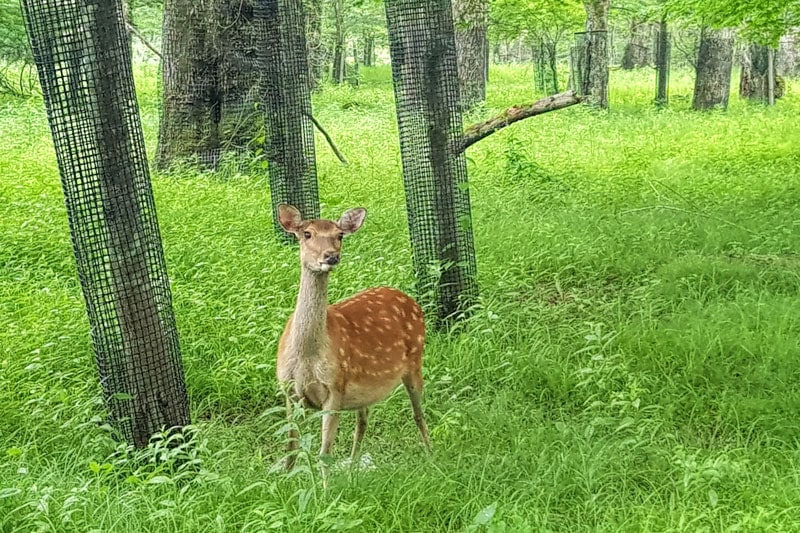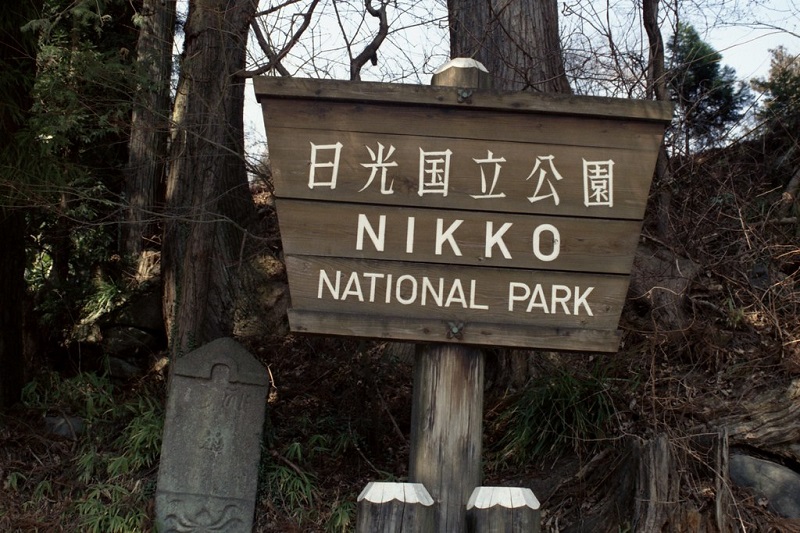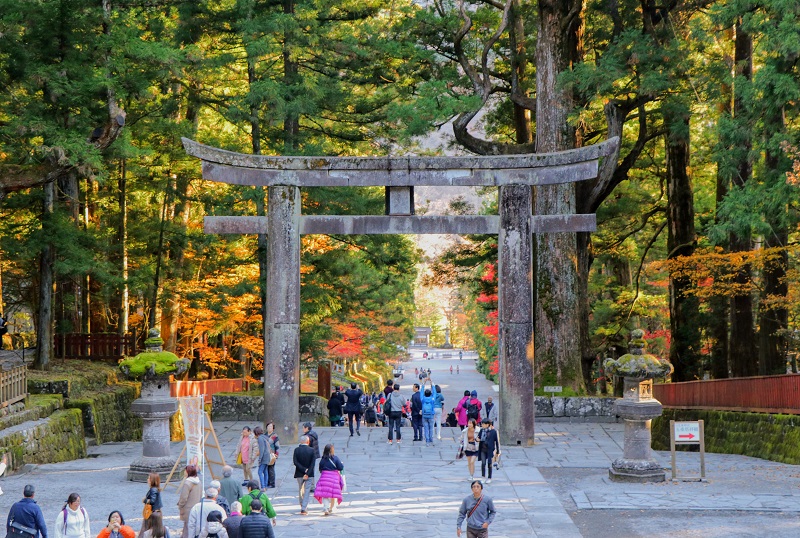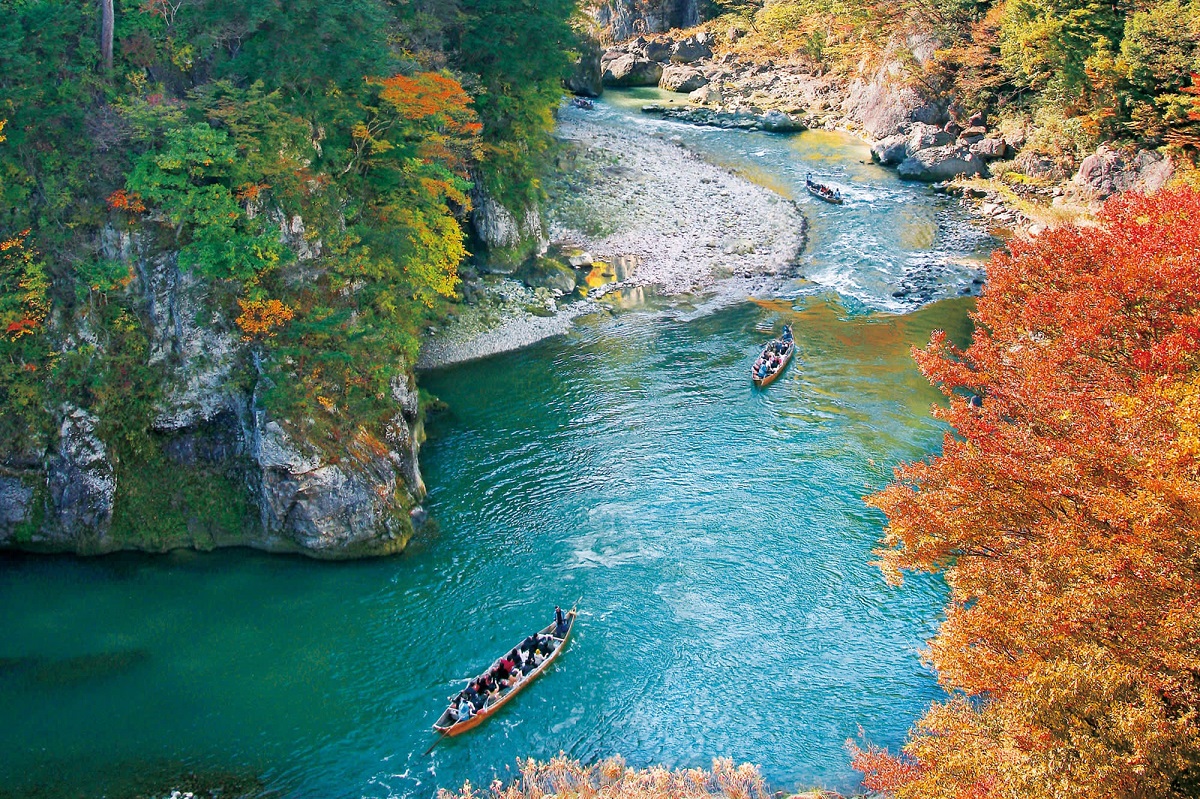Nikko National Park is a mesmerizing blend of cultural heritage, breathtaking landscapes, and diverse ecosystems. Nikko’s significance dates back centuries, primarily due to its revered religious sites. The most famous of these is Toshogu Shrine, a lavishly decorated mausoleum dedicated to Tokugawa Ieyasu, the founder of the Tokugawa Shogunate.
Other notable temples include Rinno-ji Temple and Futarasan Shrine, which further highlight Nikko’s historical and spiritual importance. Beyond its cultural sites, Nikko National Park boasts a stunning array of natural attractions like Kegon Falls, Lake Chuzenji, Senjogahara Marshland, and Ryuzu Falls.
Renowned for its UNESCO-listed temples and shrines, lush forests, cascading waterfalls, and scenic hiking trails, this park is a must-visit destination for nature lovers. Here’s our comprehensive guide to Nikko National Park;
Please Download Our Mobile App here.
Overview of Nikko National Park
Located 125 km (77.7 miles) north of Tokyo, Nikko National Park is a breathtaking blend of natural beauty and cultural heritage. Spanning 1,147.53 sq km (443.06 sq miles), the park boasts majestic mountains, pristine lakes, cascading waterfalls, and lush forests that showcase Japan’s stunning seasonal changes, particularly during autumn.
Among its highlights are Lake Chuzenji, covering 11.62 sq km (4.49 sq miles), and Kegon Falls, one of Japan’s tallest waterfalls at 97 meters (318 feet). Hikers can challenge themselves on trails leading to the summits of Mount Nantai (8,156 ft) and Mount Nikko-Shirane (8,458 ft), offering panoramic views of the surrounding landscapes.
The park is also home to the renowned UNESCO-listed Toshogu Shrine, famed for its intricate carvings, the Hall of the Medicine Buddha, and the iconic three wise monkeys. Once part of Nikko, the adjacent Oze National Park lies along its western border, further enriching the region’s natural appeal.
Wildlife in Nikko National Park

Nikko National Park is home to a diverse array of wildlife, featuring many species commonly found on Japan’s main island. Among its most notable inhabitants are large mammals such as the elusive Japanese serow, the graceful Japanese sika deer, and the formidable Asian black bear.
The park’s dense forests and mountainous terrain provide an ideal habitat for these creatures. Also, its rivers and valleys support a variety of fish and amphibian species, thriving in the cool, pristine waters. This rich biodiversity, set against the park’s stunning landscapes, makes Nikko a prime destination for nature enthusiasts and wildlife observers.
Best Time to Visit Nikko National Park
Nikko National Park is a stunning destination year-round. However, the best times to visit are during the Sakura season in spring and the autumn foliage season in fall. That’s because Nikko is located in the mountains, its cherry blossoms bloom later than in Tokyo. This offers a breathtaking display of pink and white against lush greenery.
Similarly, the autumn colors arrive earlier, transforming the landscape into a mesmerizing mix of red, orange, and gold. While August has the highest chance of rain, these two seasons provide the most picturesque scenery, making them ideal for exploring Nikko’s temples, waterfalls, and scenic hiking trails.
Getting to Nikko National Park

Getting to Nikko National Park from Tokyo is a breeze, thanks to the efficient rail network. The Shinkansen bullet train offers a direct route from Tokyo Station to Nikko Station, taking approximately an hour and a half. For hassle-free travel, consider purchasing a Nikko All Area Pass from the tourist information center, which grants unlimited access to buses within the park.
The tourist bus conveniently stops at major sites, though renting a car is also a popular option. Car rental shops near Nikko Station make it easy to arrange a vehicle, and small parking lots near popular spots ensure a smooth experience for those who prefer to drive.
Other Activities in Nikko National Park
Beyond its famous temples and shrines, Nikko National Park offers a wealth of outdoor activities for nature lovers and adventure seekers. For those who enjoy hiking, the Senjō-ga-har Plains trail provides an easy and scenic walk through marshlands, ending at the relaxing Yumoto Onsen hot spring town.
More experienced hikers can take on the challenging ascent of Mount Nantai, which rewards climbers with panoramic views of the park and Lake Chūzenji. Speaking of lakes, both Lake Chūzenji and Lake Yunoko offer picturesque trails that showcase Nikko’s natural beauty. However, the latter is a short, serene walk through a primeval forest.
For a unique cultural and spiritual experience, the Takino’o Kodō trail leads visitors through a peaceful cedar-lined path dotted with small shrines. The mesmerizing Kanama-ga-fuchi Abyss, where countless Buddhist Jizō statues silently watch over passersby. Whether seeking a leisurely stroll or an intense climb, Nikko National Park provides a perfect blend of cultural heritage and breathtaking landscapes.
Park Fees in Nikko National Park

Admission to Nikko National Park in Japan is free, but certain landmarks within the park require an entrance fee. But there are several passes you can subscribe to give you great value for money. For instance, accessing the iconic Shinkyo Bridge costs 300 yen but with a Nikko Pass, you can access it for free.
However, the shrines also charge separate fees. Unfortunately, no pass, including the Nikko Pass, provides discounts for these shrine visits. While these passes can help with overall park access, tickets for individual temples and shrines must still be purchased separately at the entrance.
The Nikko World Heritage Area Pass costs 2,120 yen, while the Nikko All Area Pass costs 4,780 yen from April 20 to November 30 and 4,160 yen from December 1 to April 19.
FAQs
Is Nikko National Park worth visiting?
Yes, Nikko National Park is absolutely worth visiting, especially as a day trip from Tokyo. The park is home to Nikko’s top attractions, including the iconic Shinkyo Bridge, the historic Rinno-ji Temple, the lavishly decorated Nikko Toshogu Shrine, and the sacred Futarasan Jinja.
How much time to spend at Nikko?
Two days is the perfect amount of time to explore Nikko. It’s plenty of time to experience the park’s UNESCO World Heritage sites, breathtaking national park, and rejuvenating onsen (hot spring) resorts.
Conclusion
Whether you’re a history enthusiast, a nature lover, or an adventure seeker, Nikko National Park offers a spectacular experience that seamlessly blends Japan’s rich cultural heritage with stunning natural beauty. From ancient shrines to serene lakes and dynamic hiking trails, this national park is a must-visit gem that captivates visitors in every season.




